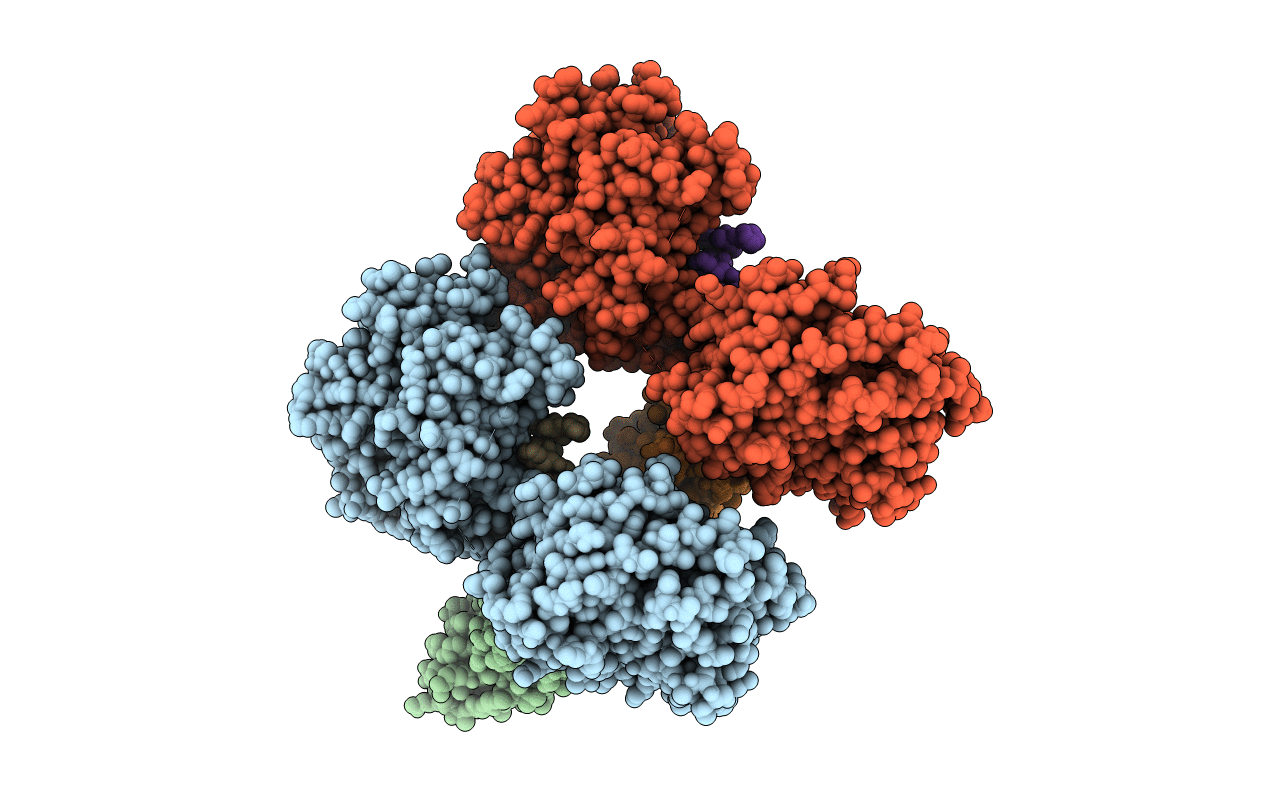
Deposition Date
2018-12-20
Release Date
2019-04-03
Last Version Date
2024-10-30
Entry Detail
PDB ID:
6NFJ
Keywords:
Title:
Structure of Beta-Klotho in Complex with FGF19 C-terminal peptide
Biological Source:
Source Organism:
Homo sapiens (Taxon ID: 9606)
Lama glama (Taxon ID: 9844)
Lama glama (Taxon ID: 9844)
Host Organism:
Method Details:
Experimental Method:
Resolution:
3.19 Å
R-Value Free:
0.31
R-Value Work:
0.27
R-Value Observed:
0.28
Space Group:
C 1 2 1


